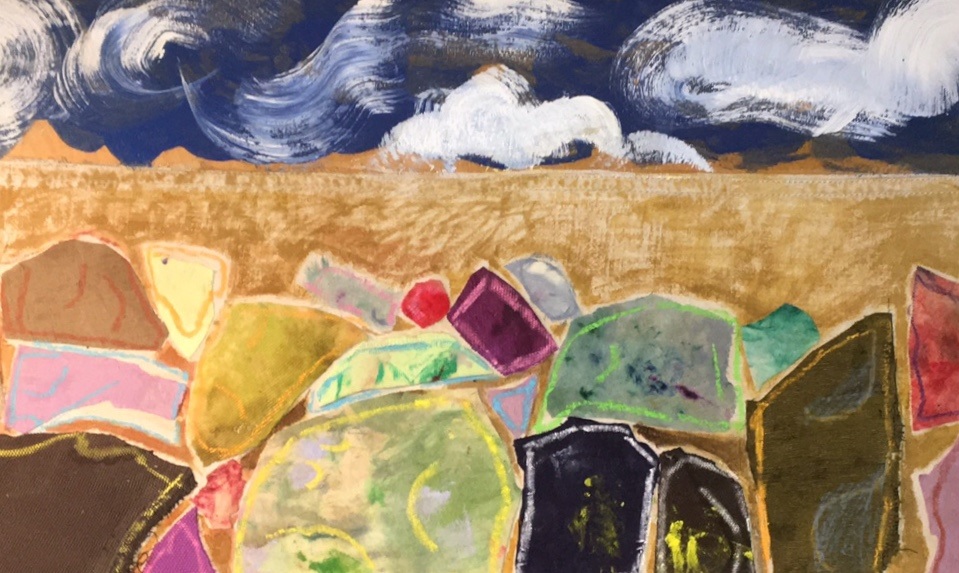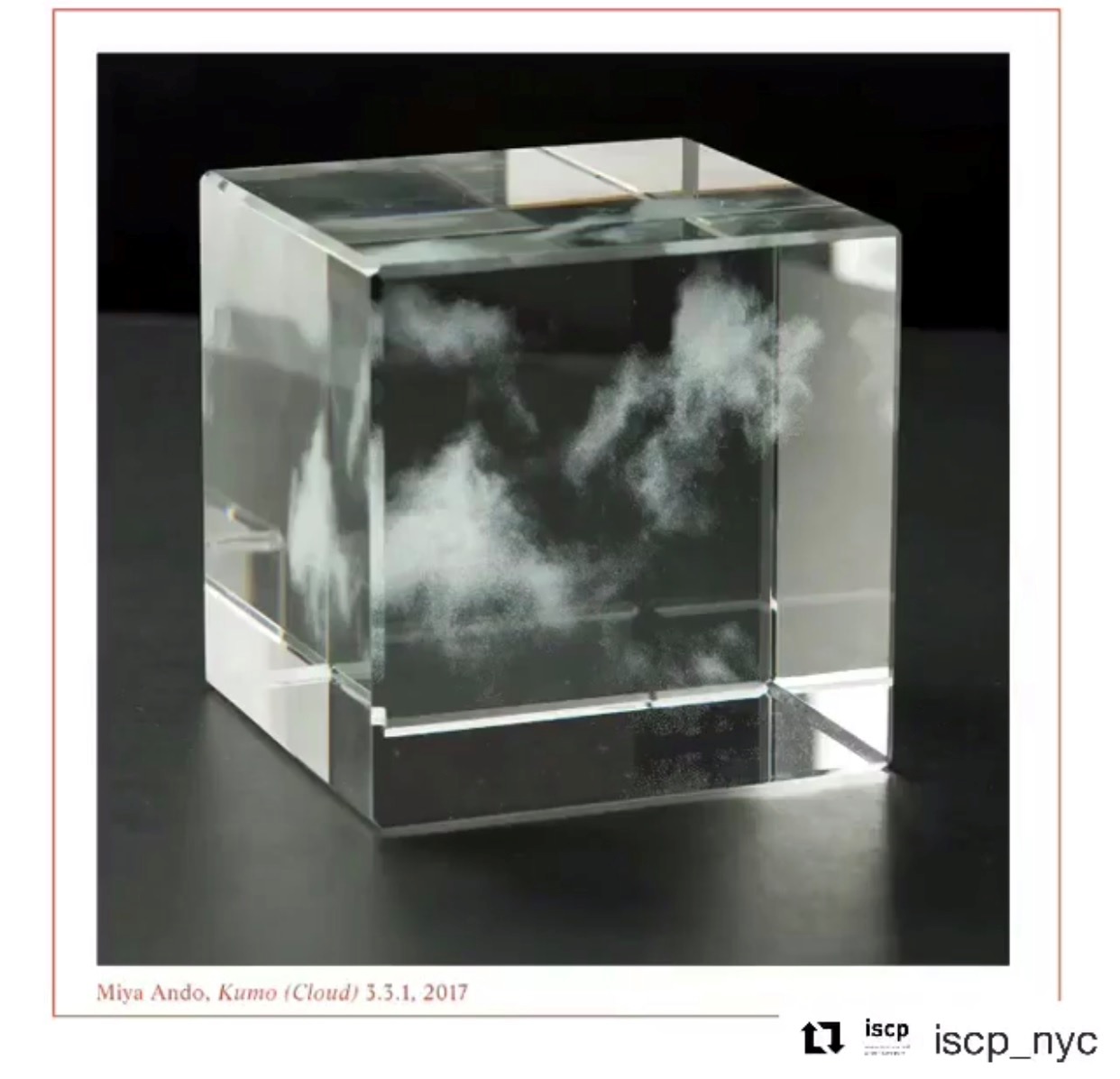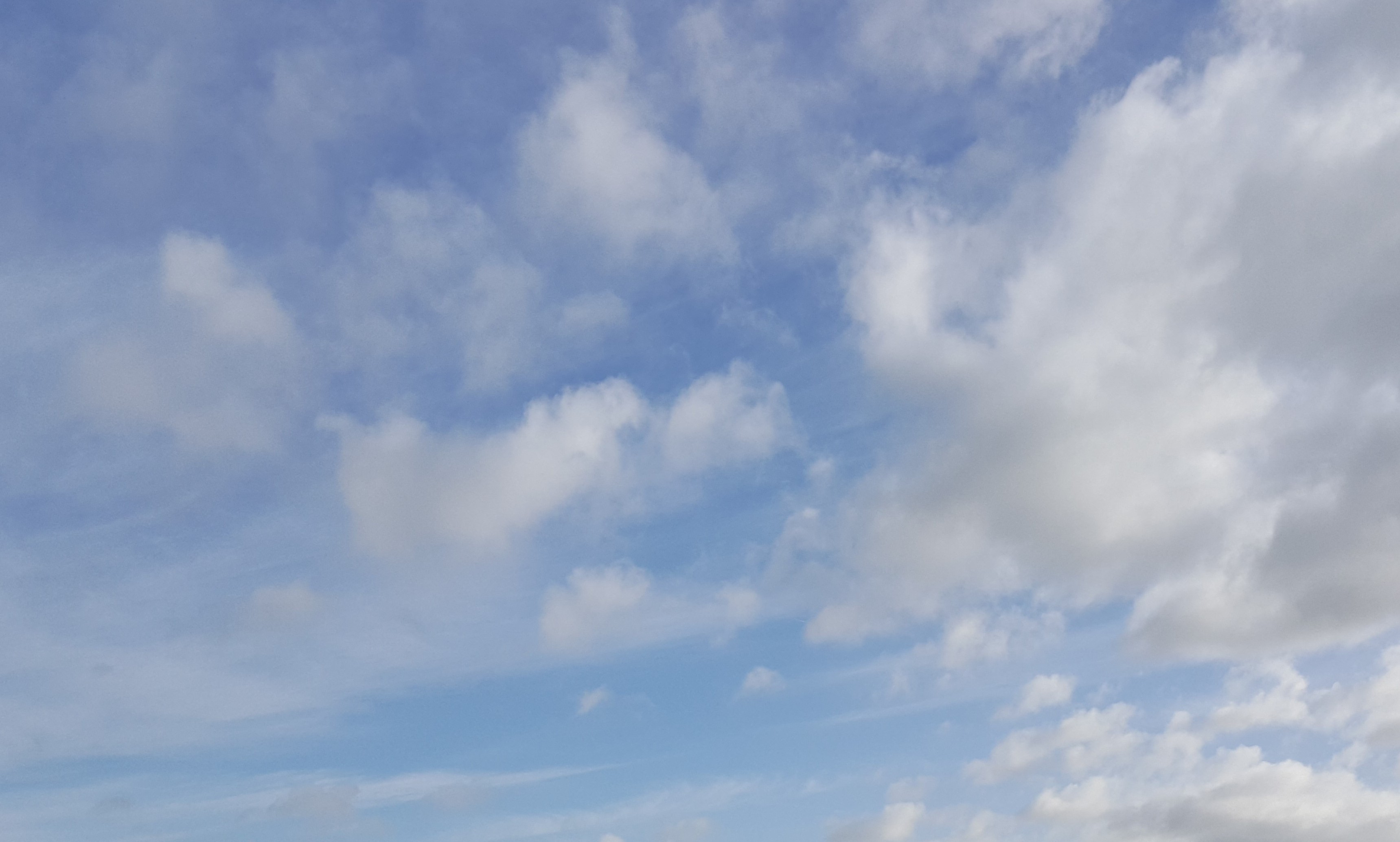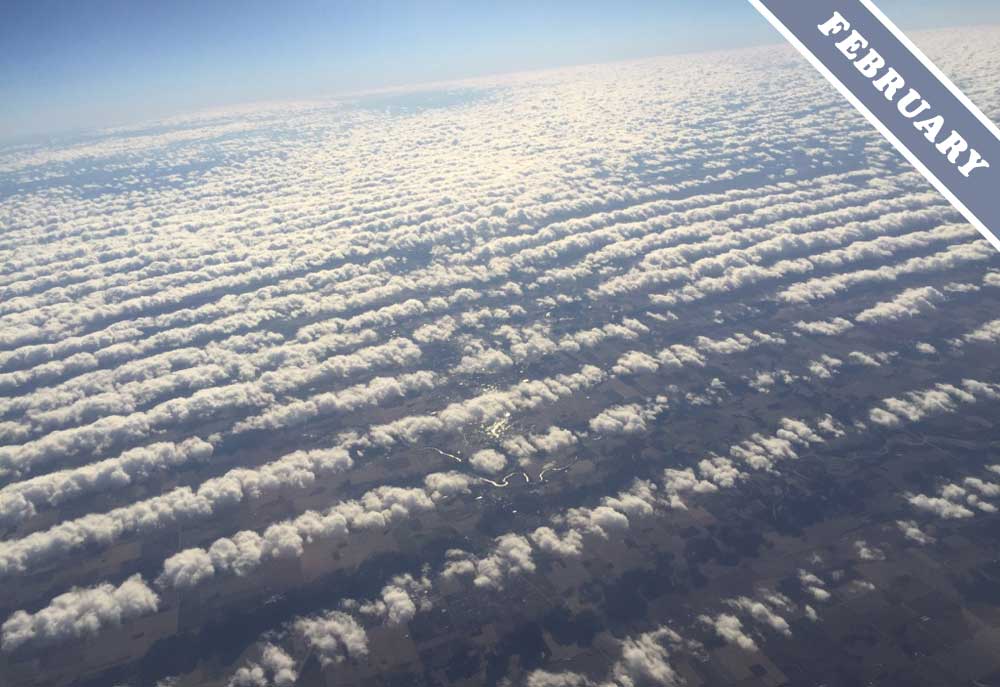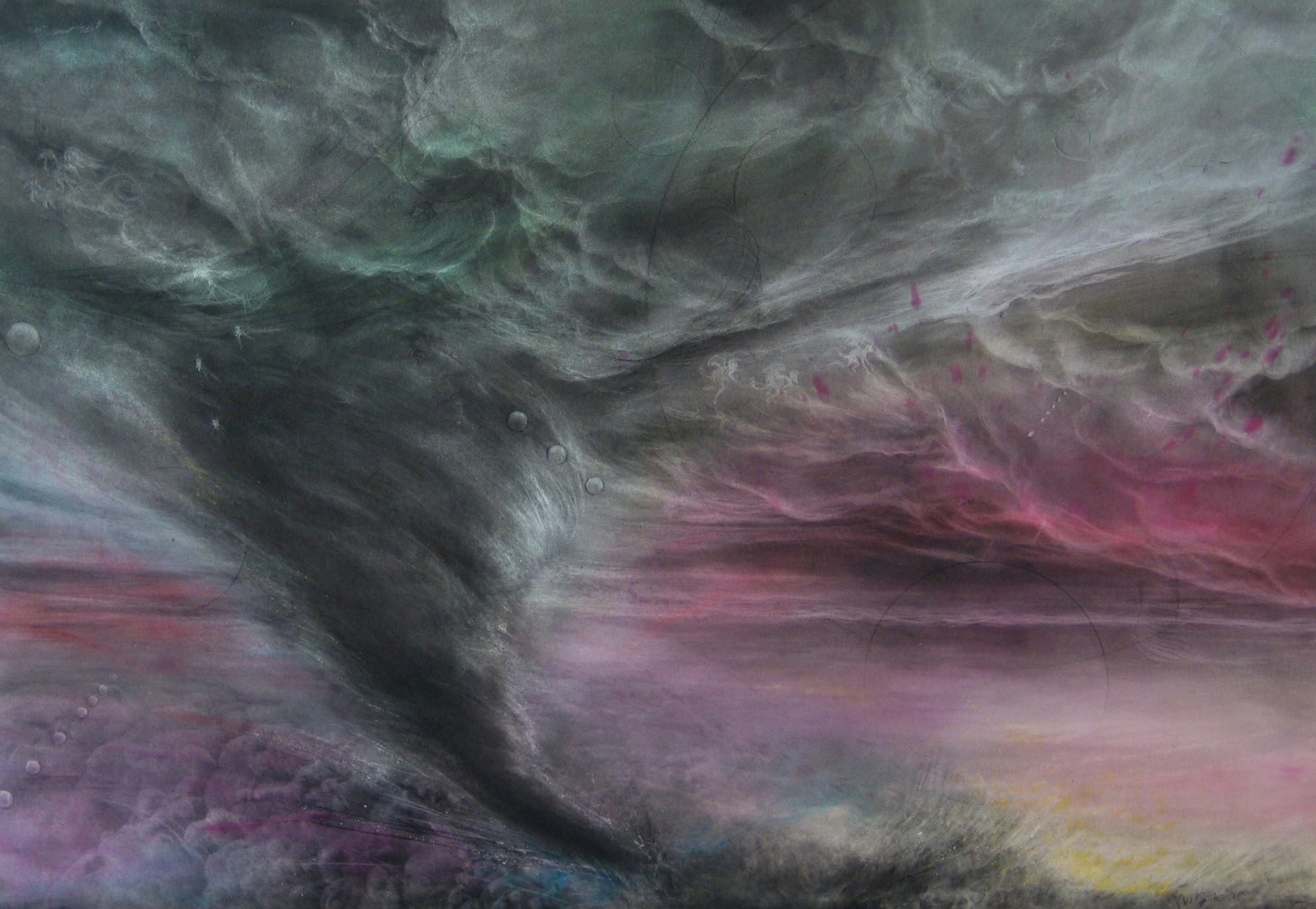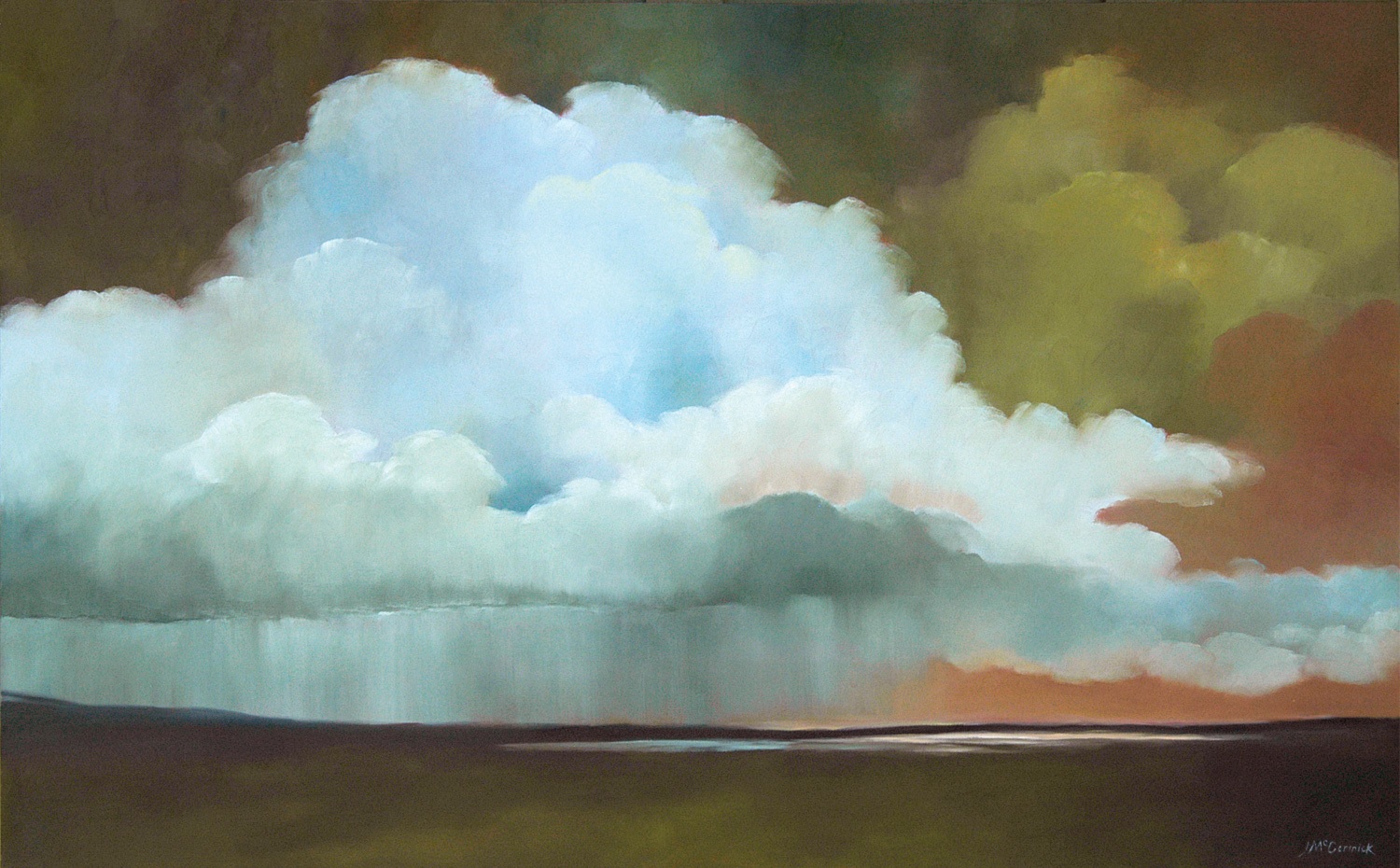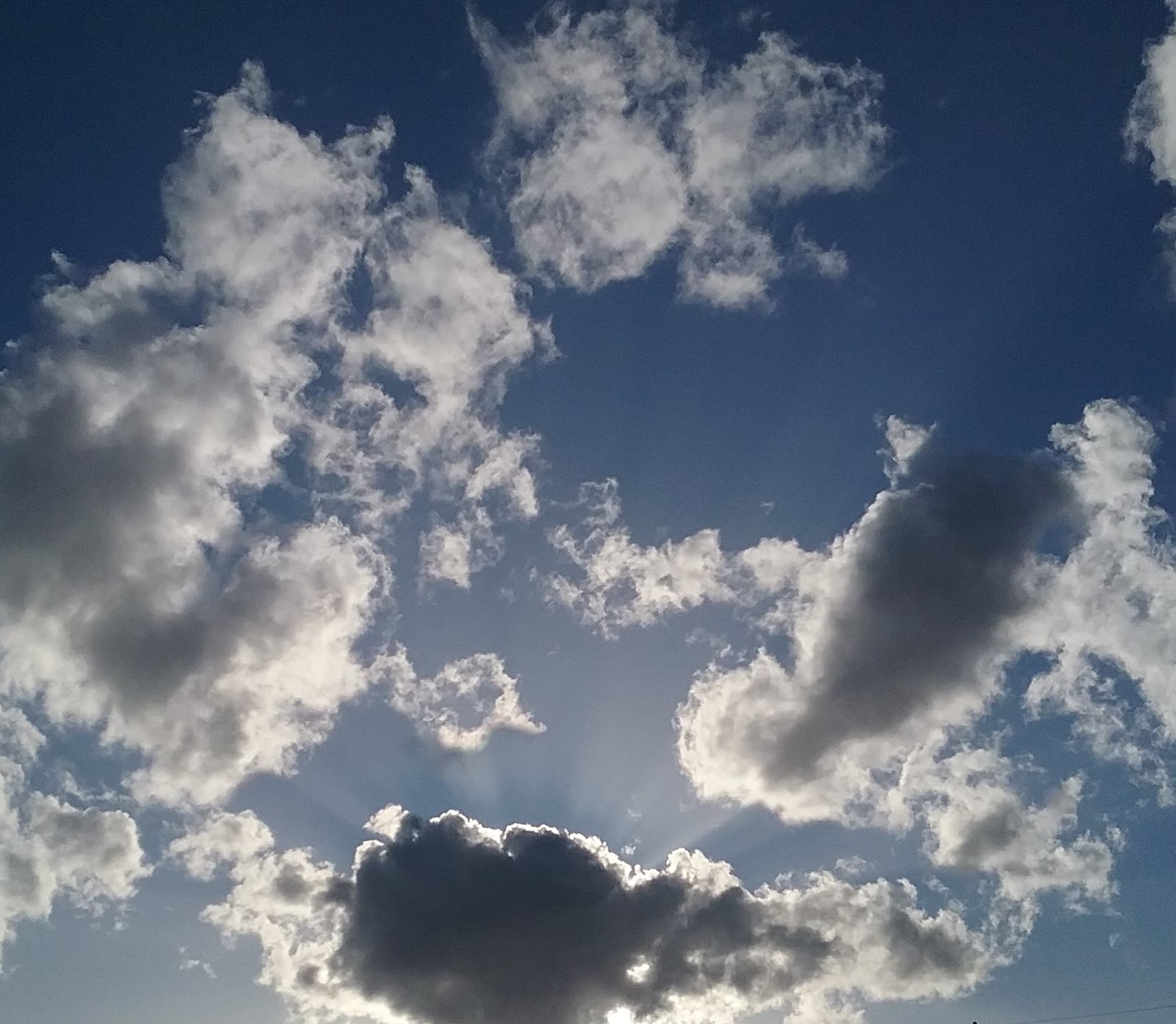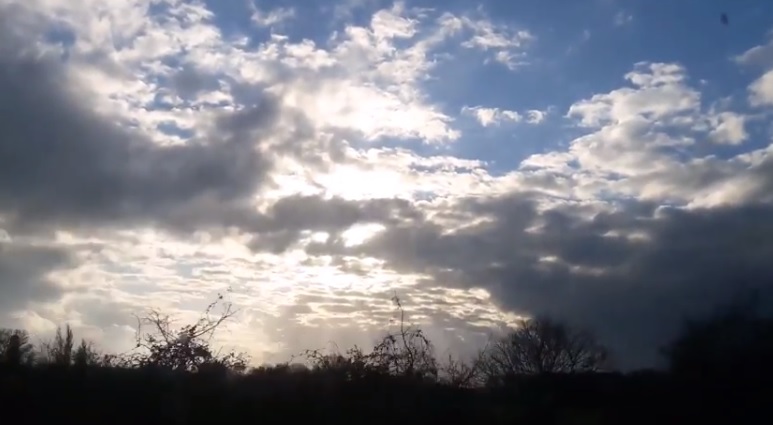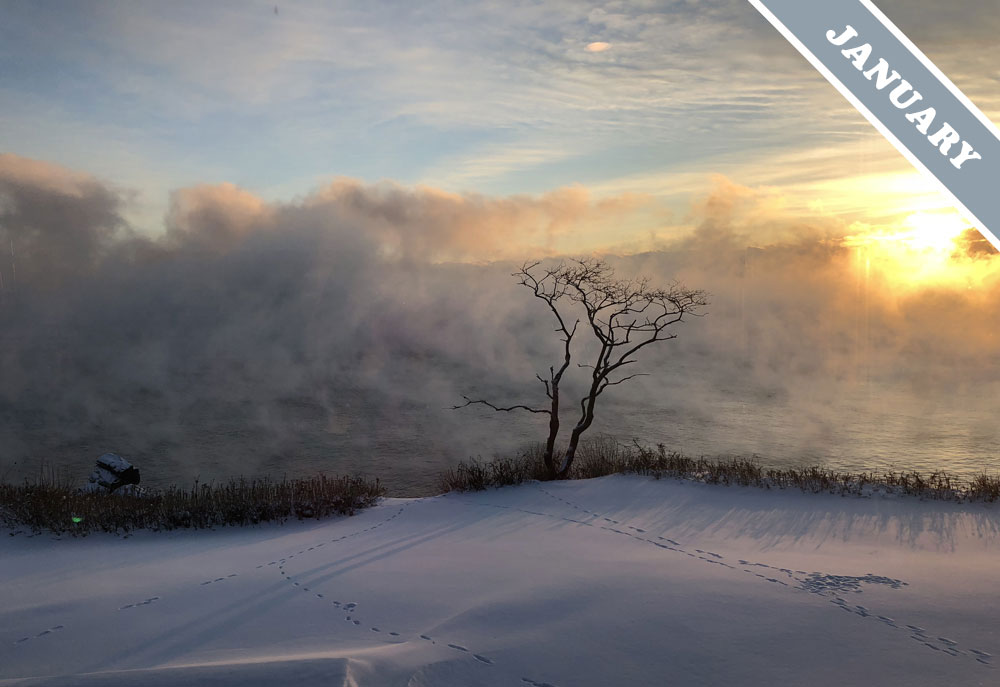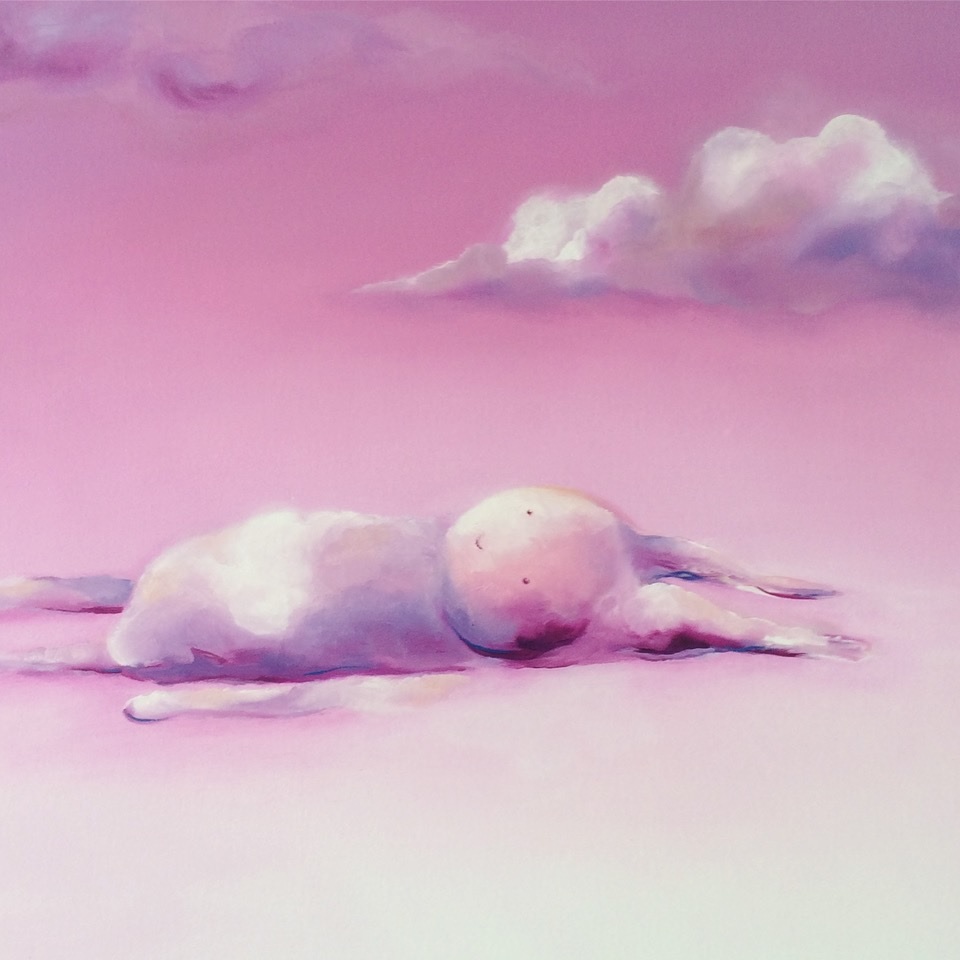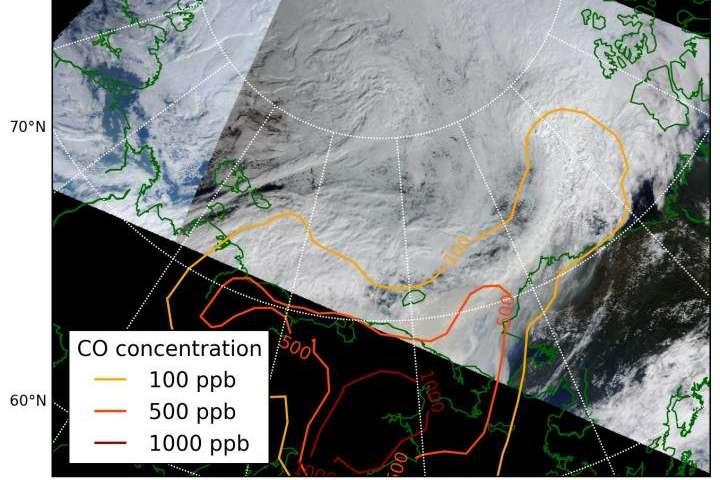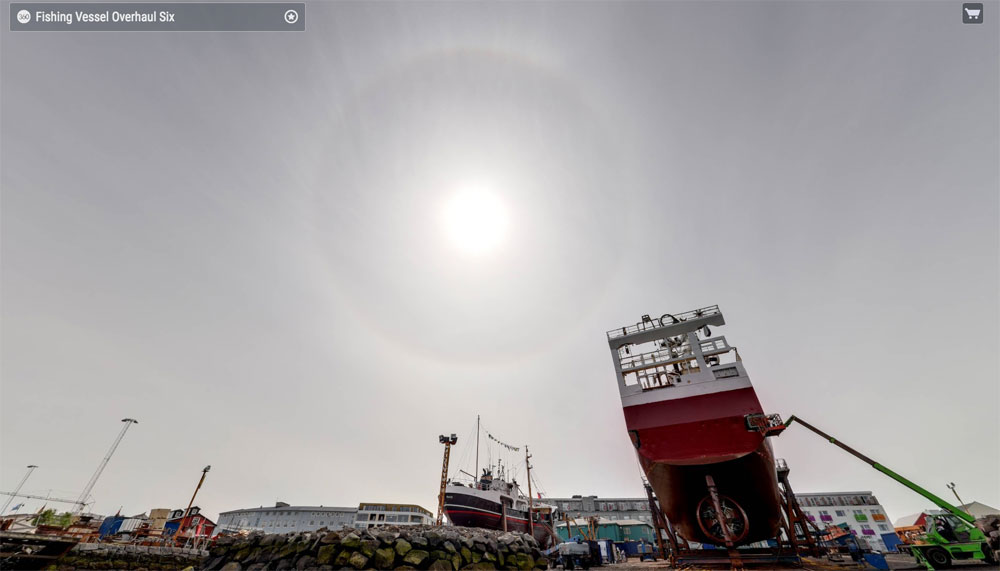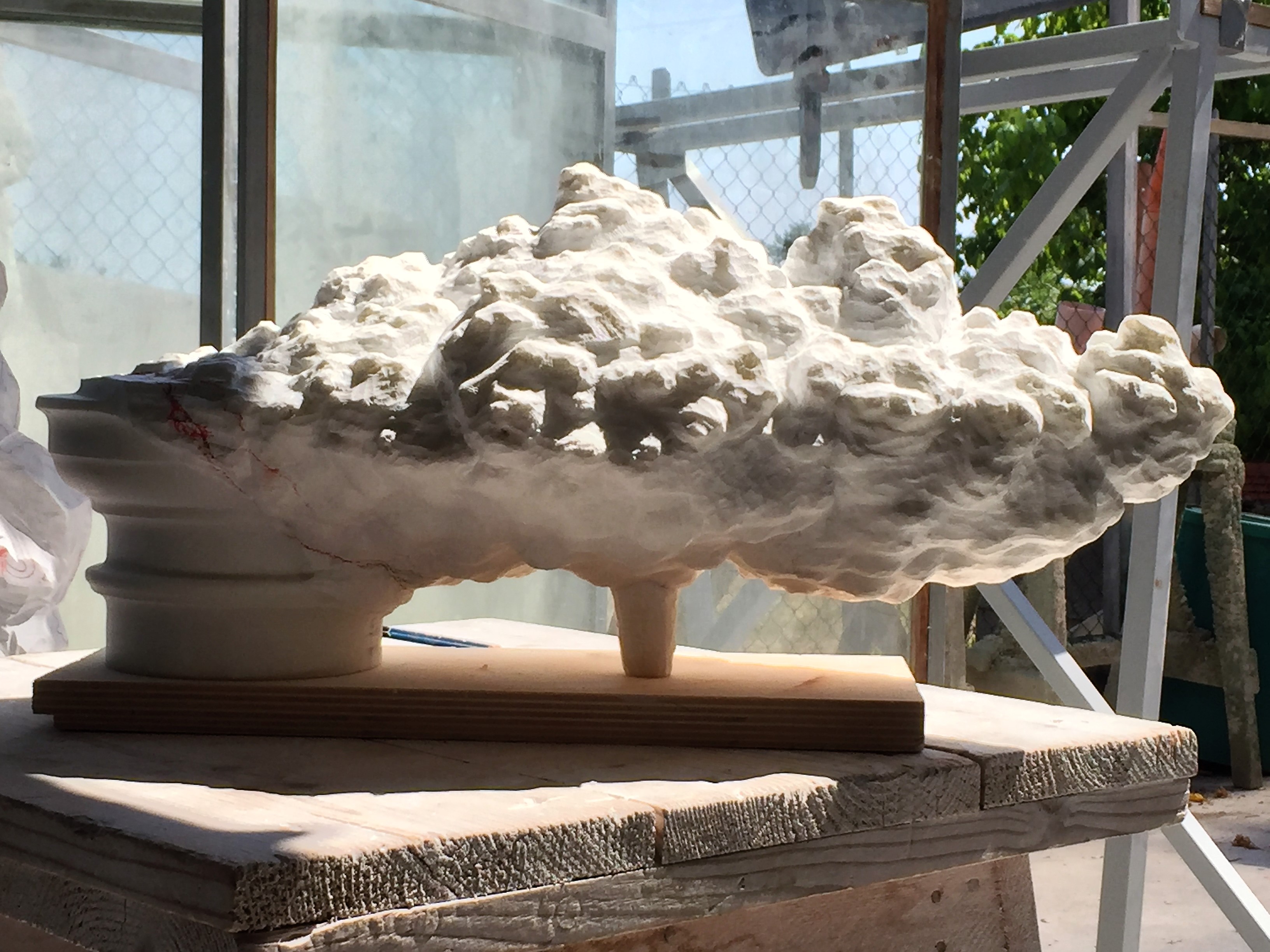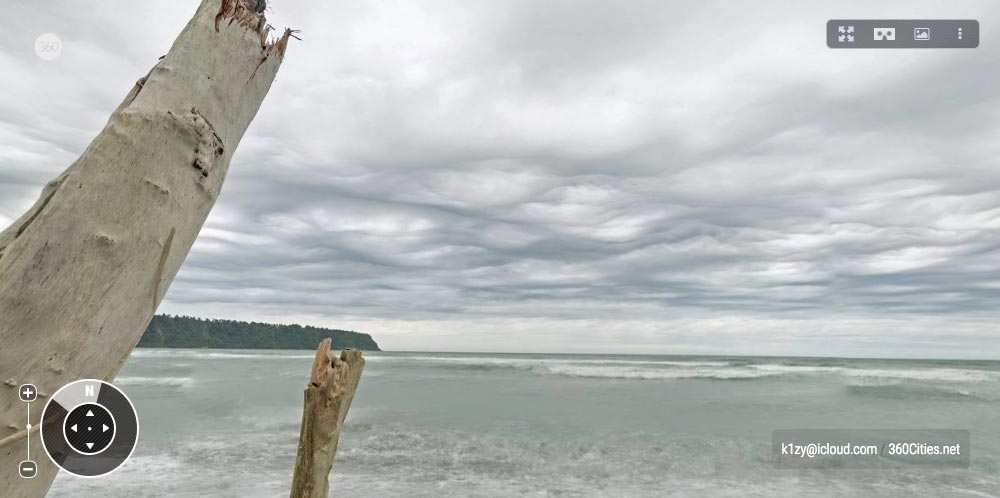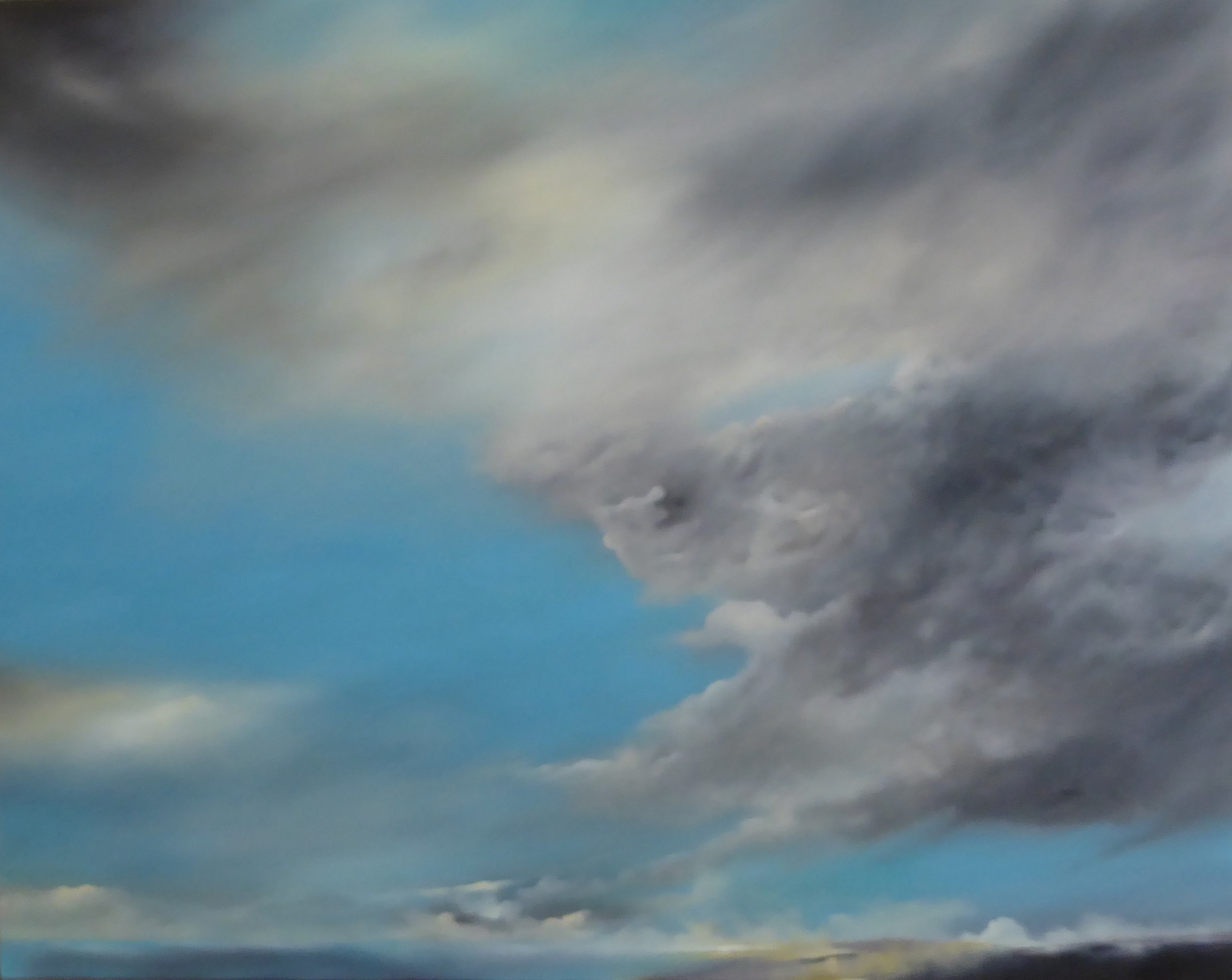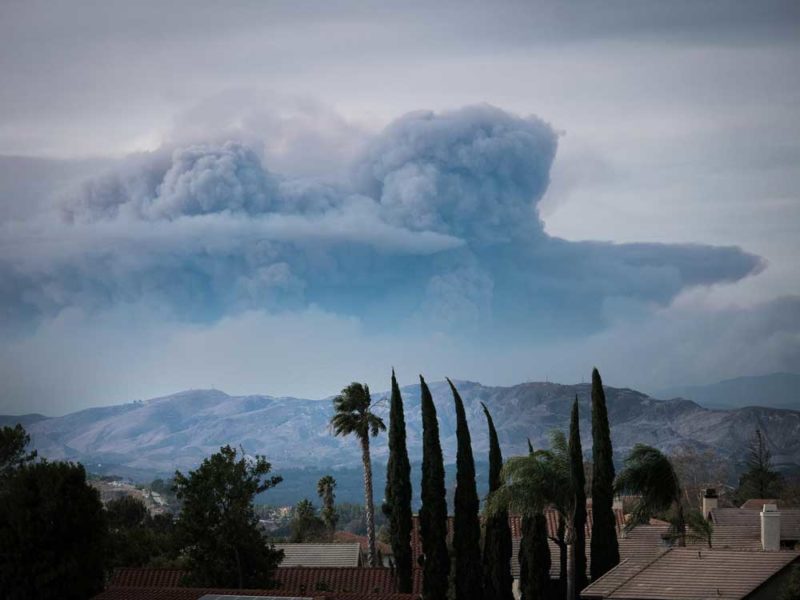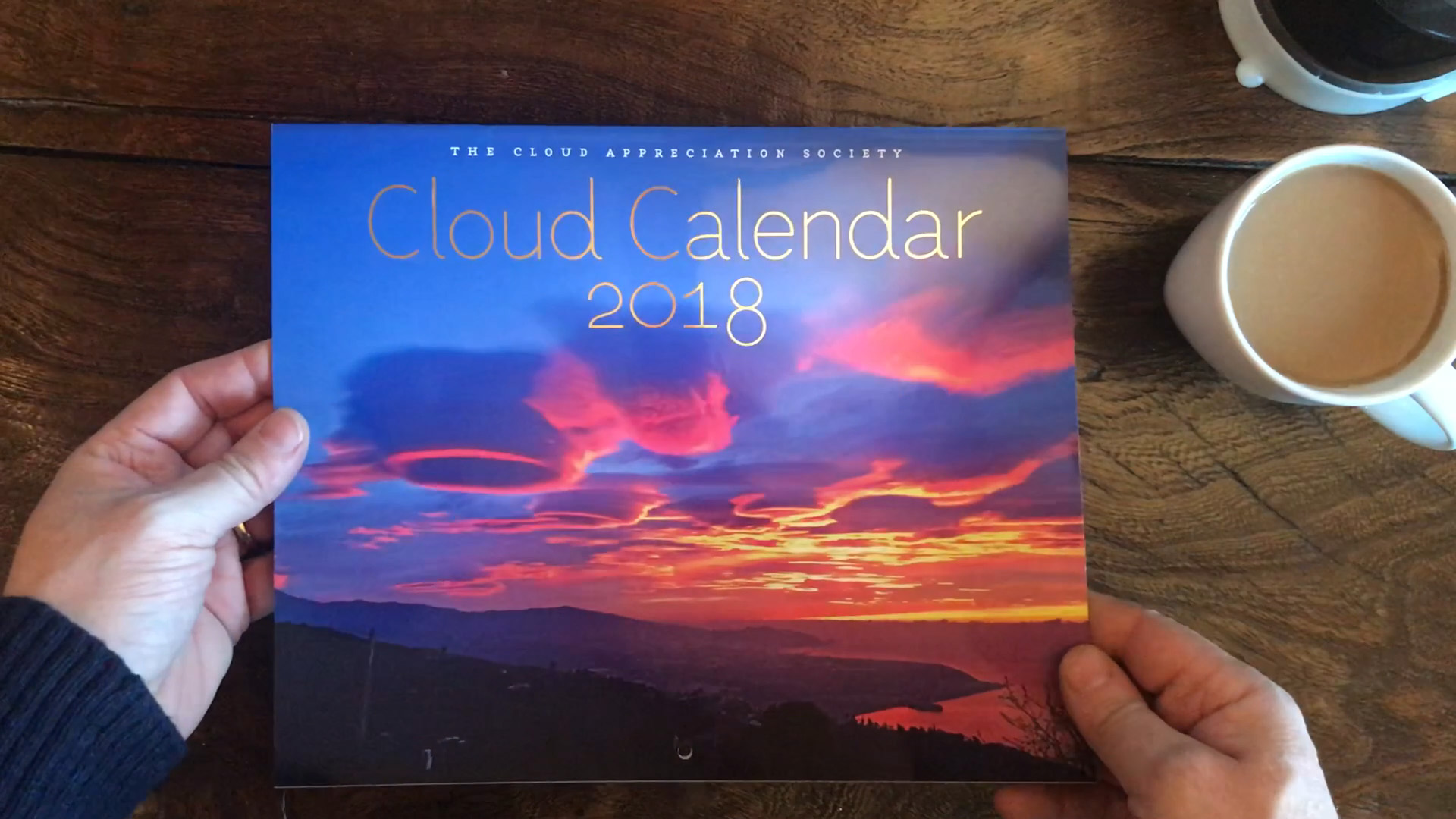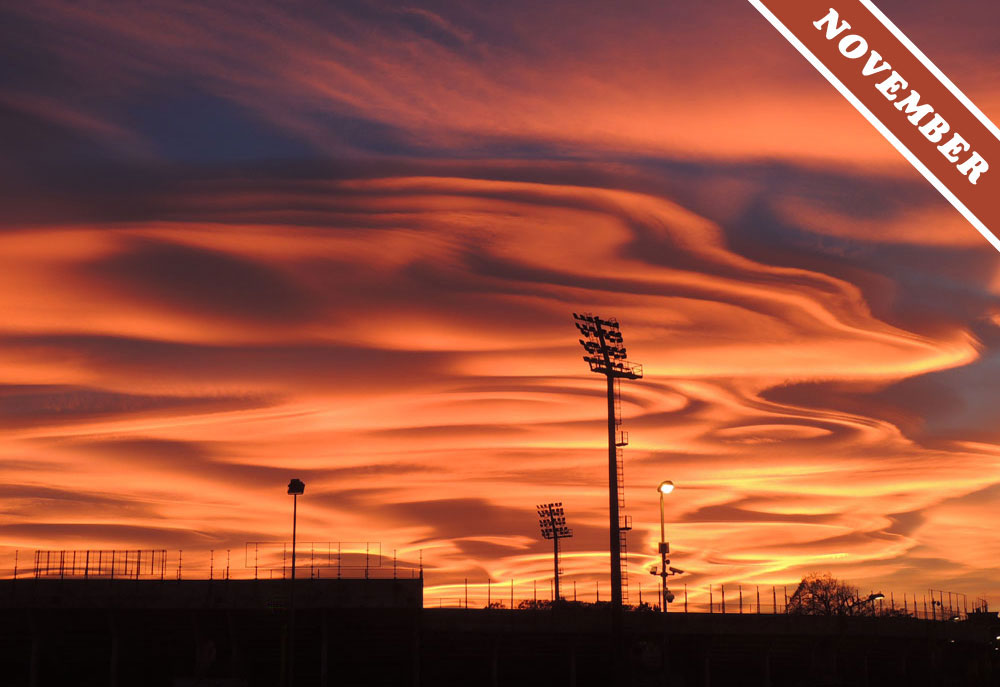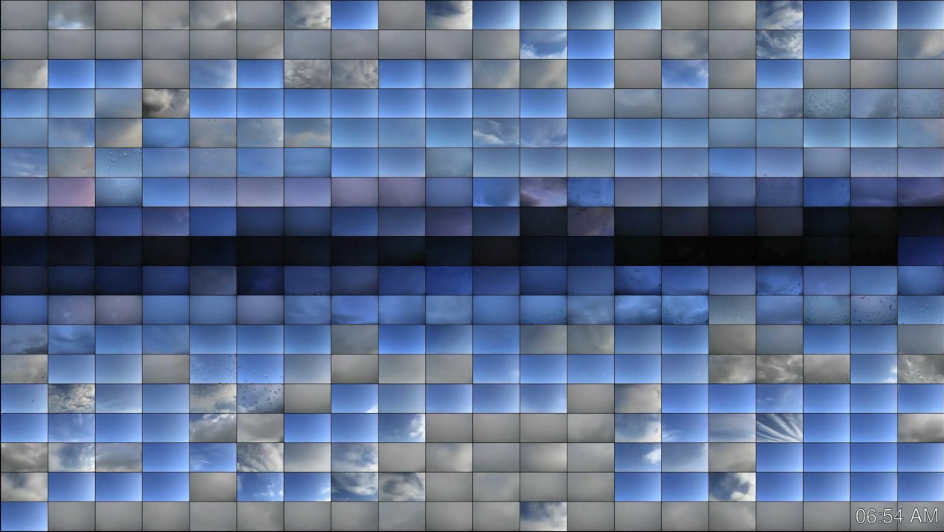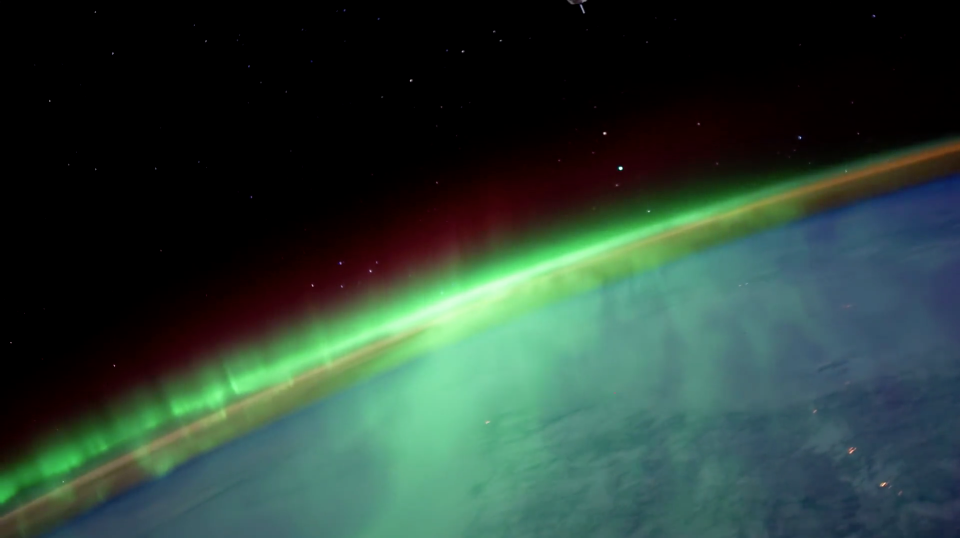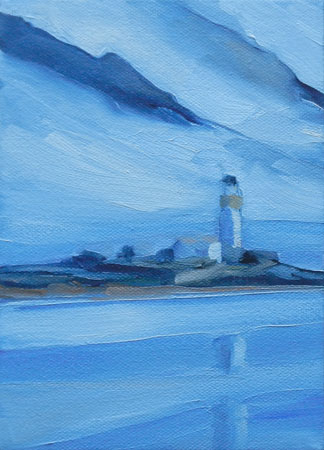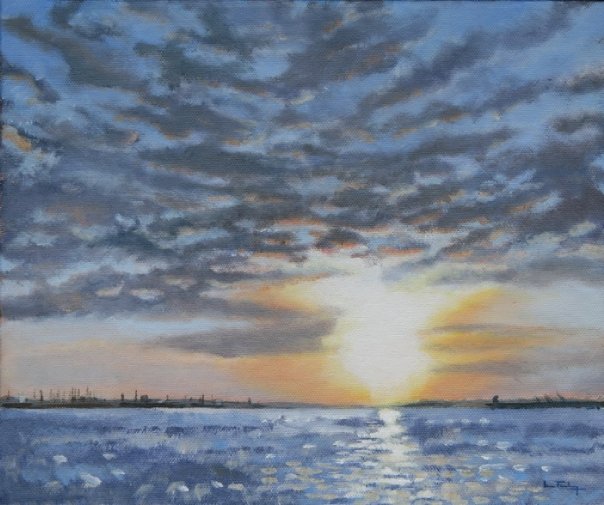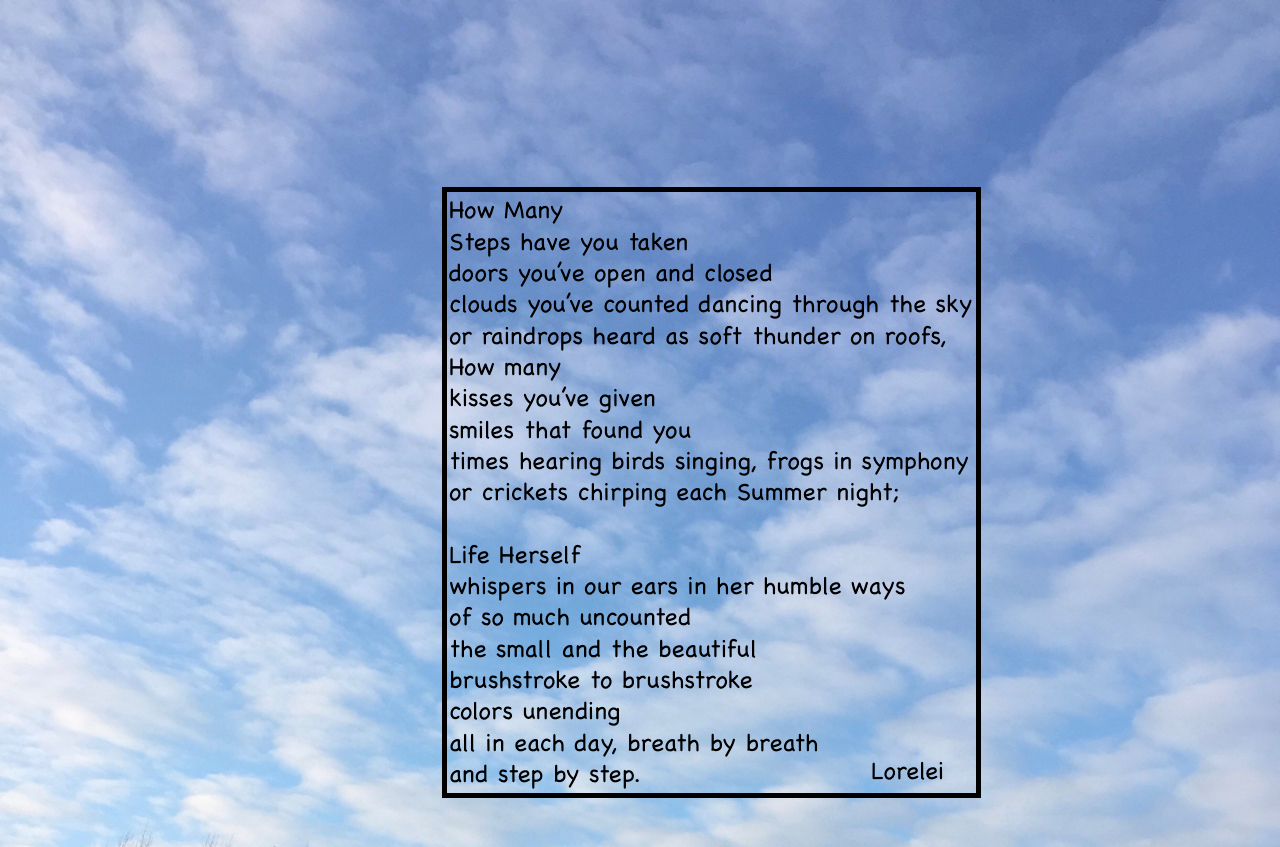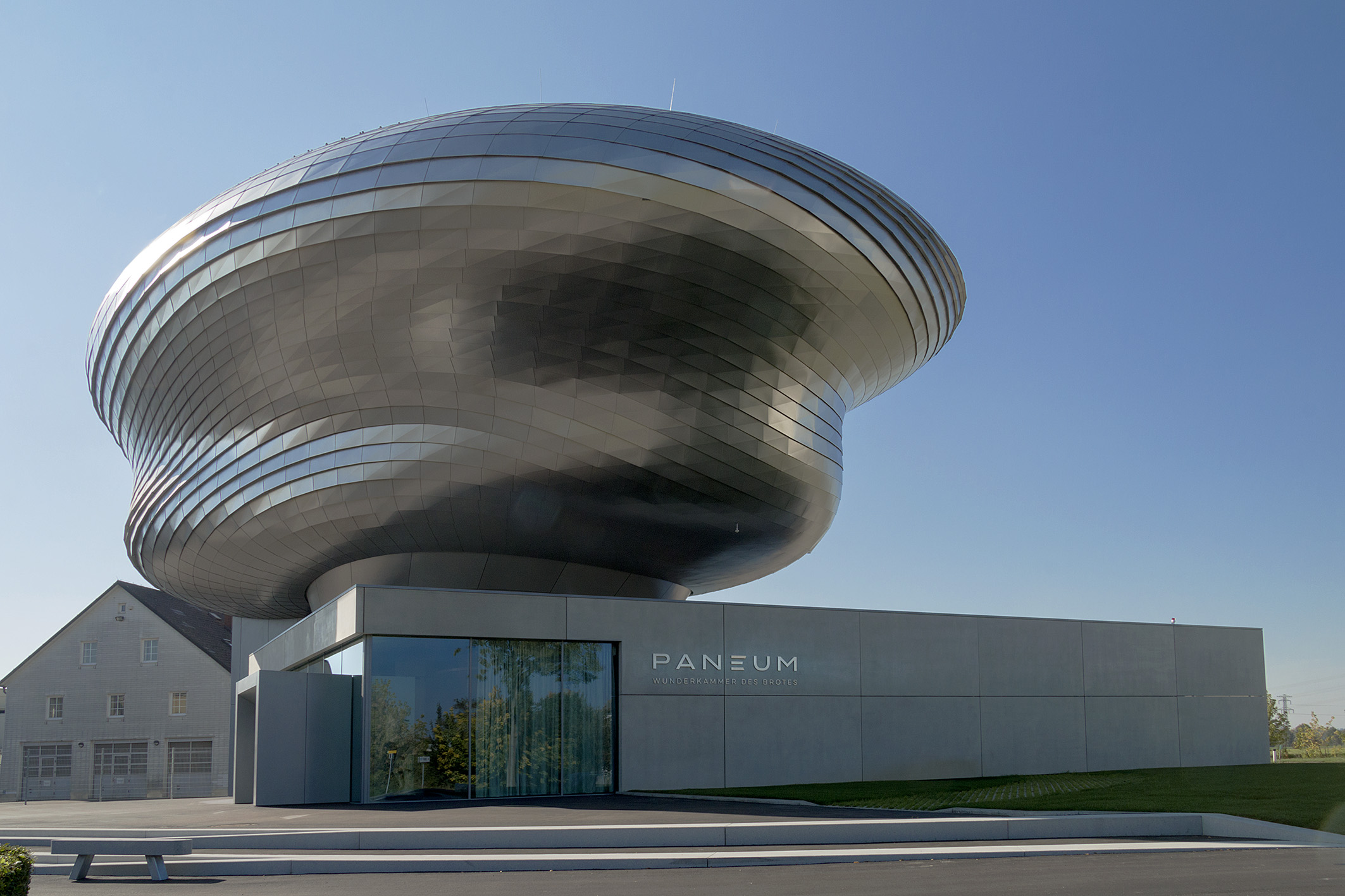Josie Merck, member 43205, is an artist living in Connecticut and Rhode Island.
Category: Homepage
Miya Ando is an American artist known for her metal paintings which encapsulate both ephemerality and permanence in their subtle, brilliant color gradients.
Lorelei O’Connor of Beaverton, Oregon has sent us her poem for the white clouds.
Ever wondered why clouds sometimes line themselves up into regimented ‘streets’ like this? Of course you have, and now is your chance to find out with February’s Cloud of the Month…
Judy Brandon is an artist from Cleveland, Ohio.
Rebecca Cleland, an avid cloudspotter, was recently in touch to tell us about this list of weather terms.
Johanna McCormick (member 43238) lives and works in Boulder Creek, California, USA.
McClain Homann (member 45082) is a recent member of the Cloud Appreciation Society from Mattoon IL, US. He loves to write and sent his latest cloud-inspired poem to share
Claire Pendrigh is an artist living in Tasmania, Australia.
Sarah James is a great lover of clouds – their shapes, the science behind them and their beauty, mythology and inspiration.
Carole Chandler (member 28346) is from Chester in the UK. Recently, whilst taking her dog on a New Year walk, she was inspired by the first clouds of the year to write this uplifing poem.
Our Cloud of the Month for January shows Sea Smoke over the coast of Maine, US…
Tiffany Rysdale is an oil painter from Scotland, UK living and working in Adelaide, South Australia.
She paints character-based work and in this particular painting the clouds take on the form of the character she painted.
Tiffany came across the Cloud Appreciation Society page via the TED talks page when she was researching clouds during this project. She absolutely loved Gavin Pretor-Pinney’s ‘Cloudy with a chance of joy’ and found it aligned extremely well with the painting’s concept and intentions, allowing ourselves to take the time to daydream by letting our imaginations drift and find shapes in the sky.
You can see more of her work on her website.
Julie Raymond-Yakoubian (Member 24422) was in touch to tell us about an article from the journal, Geophysical Research Letters.
John Wood’s 360˚ view of a the optical effect known as a 22-degree halo formed by Cirrostratus clouds over the shipyard in Reykjavik, Iceland…
Rob Good, member 22266, is a sculptor and in 2017 won the Brian Mercer Residency, spending three months in Pietrasanta, Italy, working on marble sculpture.
Maggie Keogh, member 41217, got in touch to tell us about this great timelapse video of storms developing over Kimberley, Western Australia filmed by Geoff Green.
John Wood, specialises in 360-degree photography, send a fantastic panoramic view of asperitas clouds over New Zealand…
Christina Ulander is an artist living and working in East Devon, UK. Her passion is painting, specialising in creating large, contemporary works using oils and acrylics
Diane Offill (member 33772) sent us the link to a very interesting about the large cumulus-like formations that can develop above wildfires.
Ice jellyfish in the sky…
Bill Edmundson (member 5218) told us about this video showing gravity waves undulating over the surface of Stratus clouds over Colorado Springs, US, which was photographed by Lars Leber.
Free gift wrapping is now available…
A dramatic lenticularis sunset reveals the contour lines of the sky…
Andy Lumborg, member 9117, thought his poem might resonate with fellow cloud lovers.
Watch the shifting pattern over a year of the light and weather above San Francisco…
Susan Williams is from Coventry in the UK. She recently shared two of her poems which she wrote after having been inspired by her friend
Our atmosphere, from above!
Sherry Palmer, member 27151, sent us this painting done while on the Isle of Skye in October of this year.
Another beautiful poem by Pauline Tabrar of Northolt, Middlesex, England
This wonderful watercolour is by Ian Holtedahl-Finlay, a painter and artist based in Warsash, Hampshire, UK
Pauline Tabrar lives in Northolt, Middlesex, England. She recently sent us this very poignant poem after learning about the Cloud Appreciation Society on LBC Radio.
Artist and poet, Jeni Bate, recently sent us one of her ‘cloudiest’ paintings. She also wrote poetry for this painting and if you look very closely you will see this painted into it.
Lorelei O’Connor of Beaverton, Oregon, recently sent us this cloud inspired poem.
Mark Woollacott is a professional studio artist from North Devon.
The Cloud of the Month for October reveals the waves above…
Amy Ellis Nutt of the Washington Post interviewed Society founder Gavin Pretor-Pinney for her recent article which looks at clouds from all angles.
Cloud enthusiast, Dinah Johnson, was inspired to write these poems after walking into the town of Swanage, UK, a few years ago and spotting a cumulonimbus cloud.
Dr Wilhelm von Zitzewitz, member 6178, recently wrote to us about this cloud inspired building project.
Another wonderful timelapse from Ben Brown-Steiner (member 38053). This time of Cirrus with a Sundog


